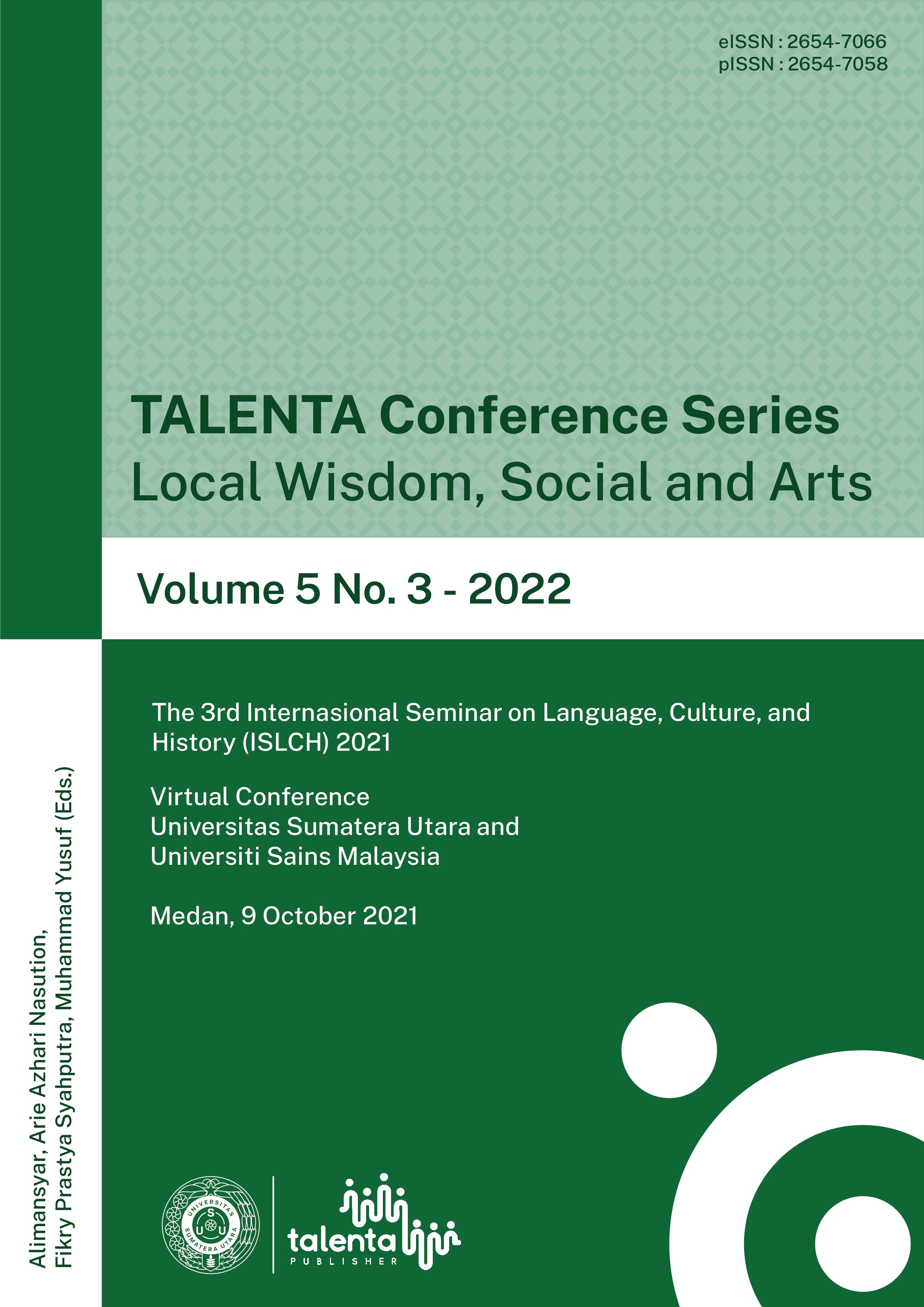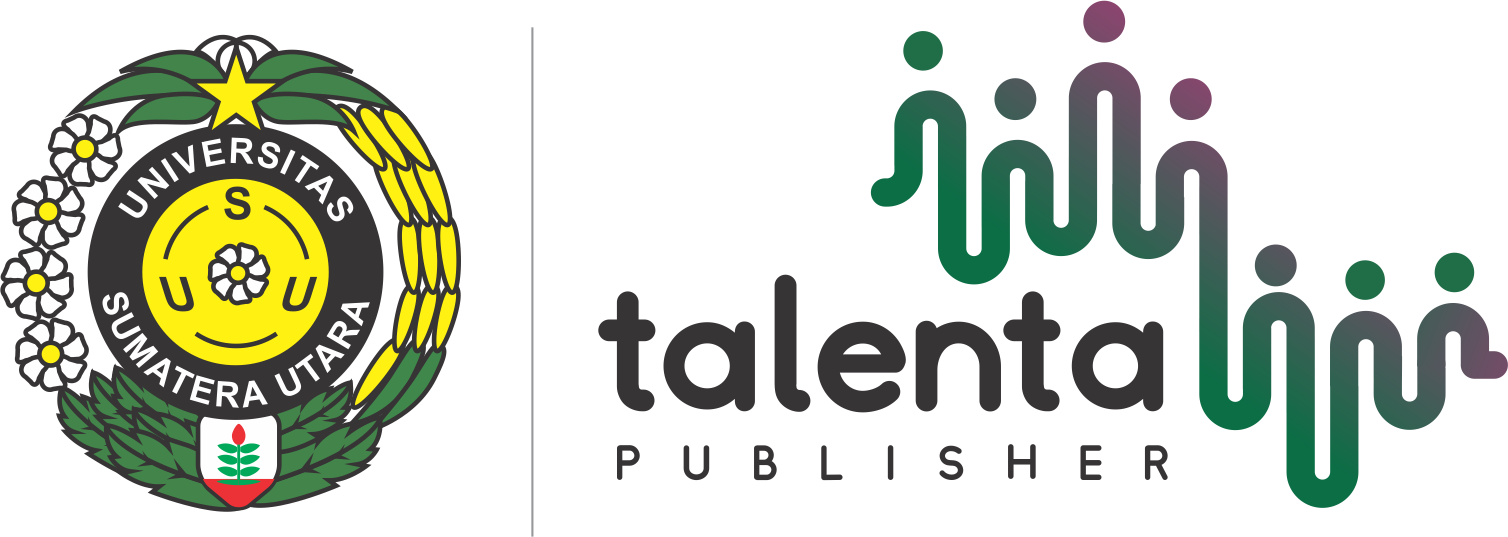Types And Functions of Simalungunese Riddles (Hutinta)
| Authors | ||
| Issue | Vol 5 No 3 (2022): Talenta Conference Series: Local Wisdom, Social, and Arts (LWSA) | |
| Section | Articles | |
| Section |
Copyright (c) 2022 Talenta Conference Series  This work is licensed under a Creative Commons Attribution-NonCommercial-NoDerivatives 4.0 International License. |
|
| Galley | ||
| DOI: | https://doi.org/10.32734/lwsa.v5i3.1408 | |
| Keywords: | Hutinta types and functions Simalungun | |
| Published | 2022-05-09 |
Abstract
This paper aims to describe (1) the type of riddles (hutinta) in the Simalungun Batak community, and (2) the function of the hutinta for the Simalungun community. Hutinta or riddles are traditional puzzles and have its own particular answers. Riddles are made in such a way that are difficult for other to be answered. Sometime the answer is available in advance (Dananjaya, James). This qualitative study use descriptive method. The data collection conducted by literature review and interview. The interview was conducted in two stages, the first stage the informant was interviewed about hutinta by recording the informant, and the second stage was translating the hutinta script from the Simalungun language into Indonesian. Based on the findings, it was concluded that Simalungun community has two types of hutinta, namely oppositional riddles and non-oppositional riddles. Moreover they are categorized into 4 categories based on its characteristic, such as; a) similarities with the human nature, b) animal nature; c) plants nature; and d) similarities to objects. The functions of the hutinta are: 1) To train thinking ability, 2) for entertainment or fun; 3) to recognize the surrounding environment, 4) to strengthen the feeling of collective solidarity; and 5) to practice one's speaking ability.






